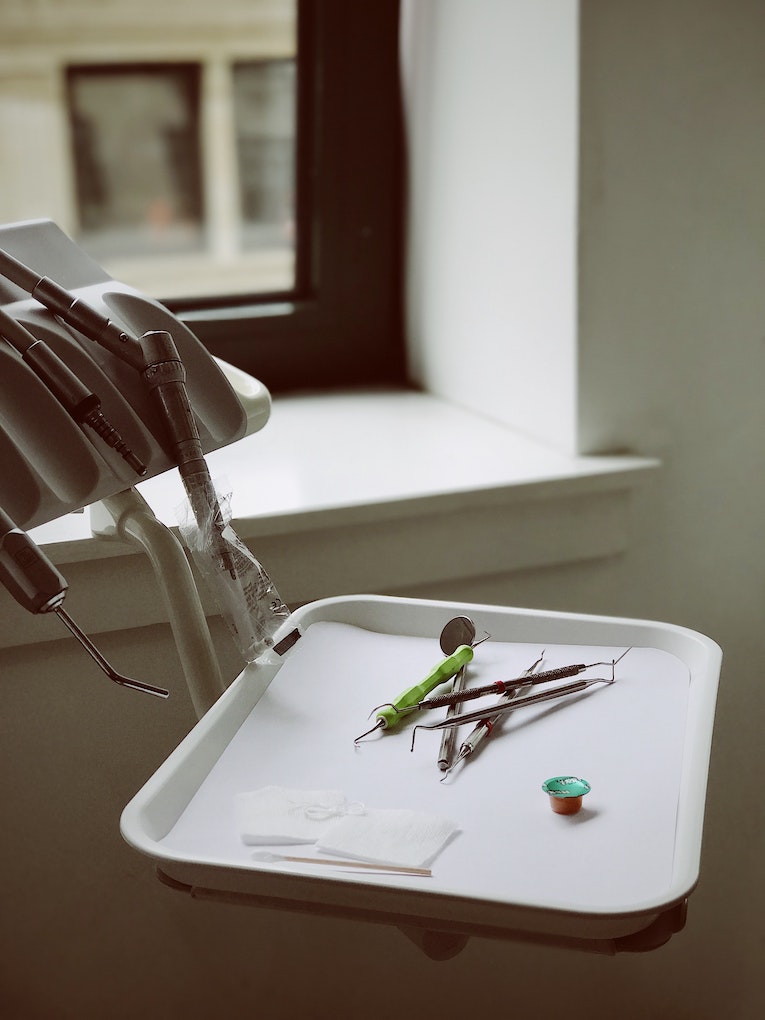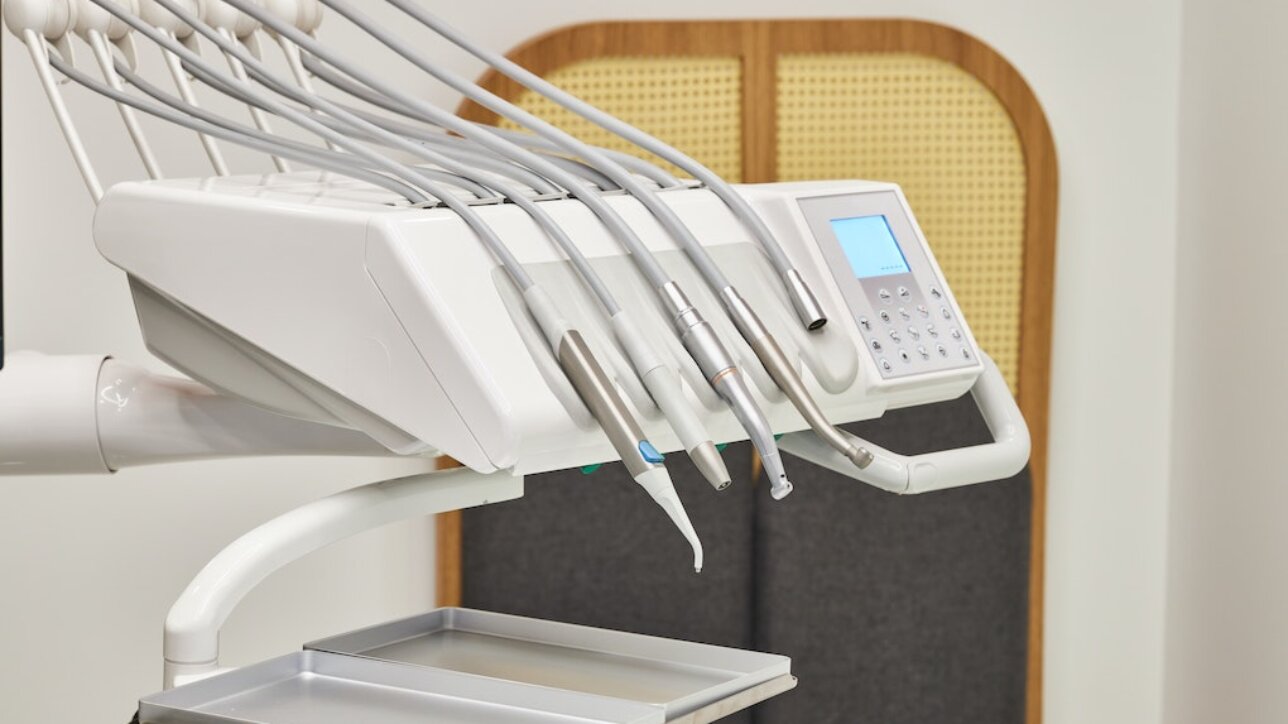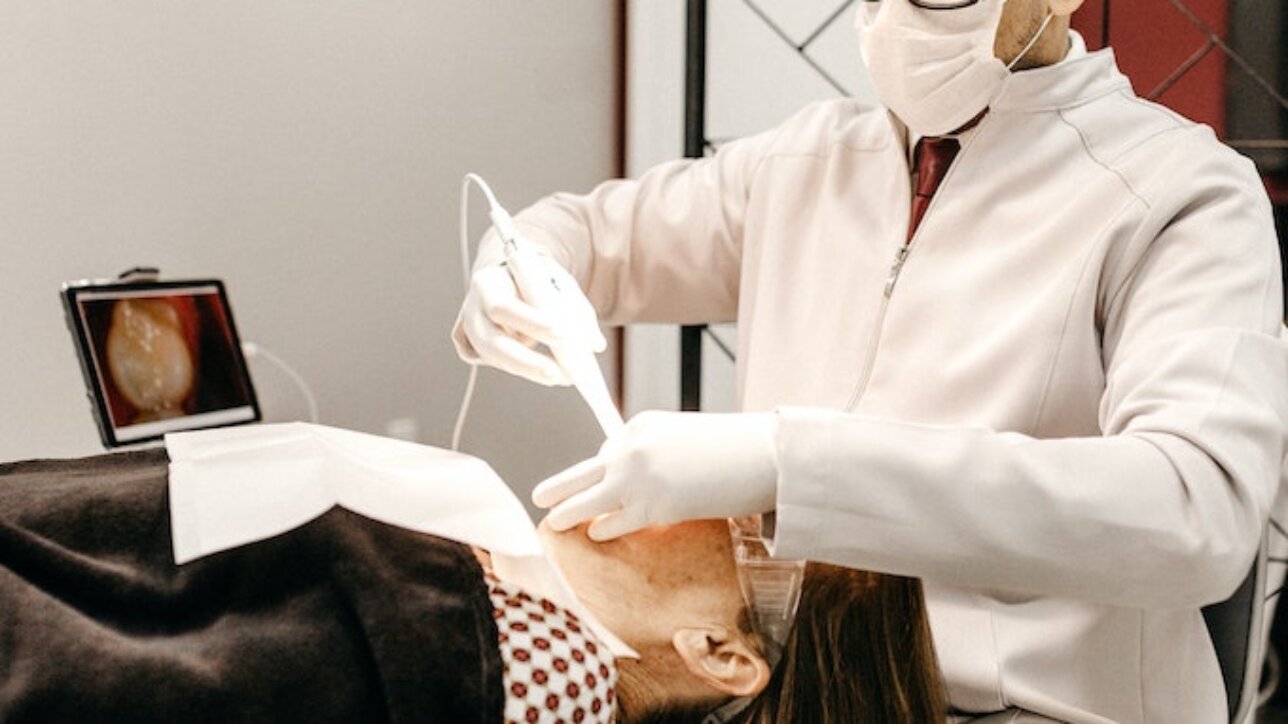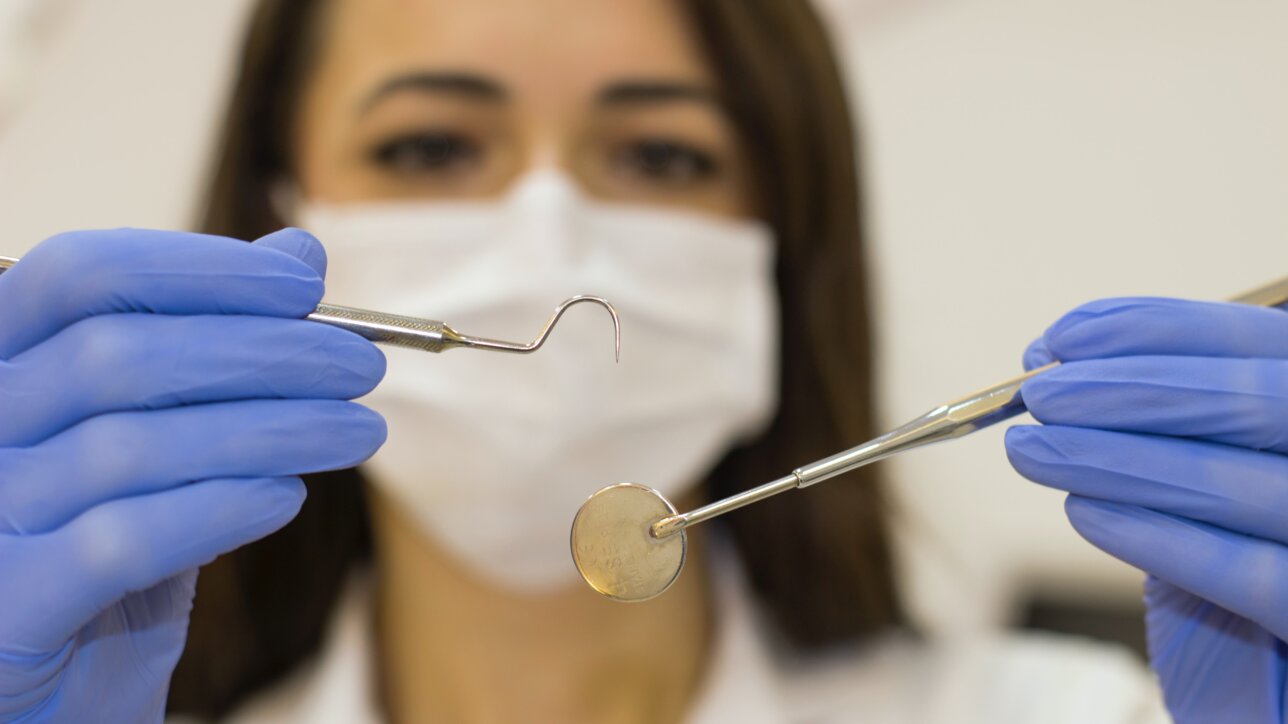
January 28, 2021
A Guide to Dental Practice Financing
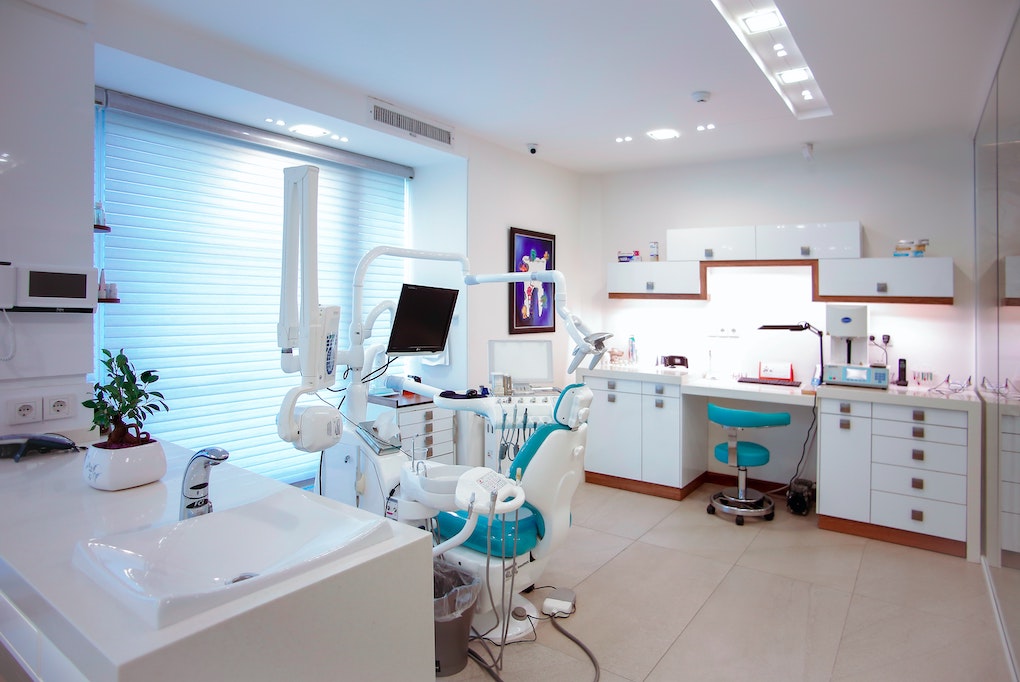
This is it: You found the practice of your dreams. But how are you going to pay for it? If you are like most dentists, you are going to take out a loan to fulfill your dream of owning your own dental practice. Not only is this a large commitment, but it is also going to be one of the biggest decisions you will make since deciding to become a dentist. The experts at Professional Transition Strategies (PTS) are here to give you the guidance needed to help you walk down the dental practice financing path.
When are you ready to buy a dental practice?
You may think you are ready to buy a dental practice as soon as you graduate from dental school, but the banks may have a different idea. Most lenders tend to encourage new dentists to associate for a few years before purchasing or building their own practice. This allows the dentist to gain experience in an office, while at the same time increasing their hand speed and building experience in the production and managerial aspects of the business.
Maybe you think associating is not for you. You are an entrepreneur, and you are ready to go! If you choose not to associate, you are not necessarily disqualified from receiving a dental practice loan. The lender will also take other aspects of the dentist’s experience into consideration: internships, working in family practices in the past and current financial status. While some banks will still lend money to a new dentist, the amount tends to be smaller than for someone with real-world experience.
Dave Thomas, founder of the Wendy’s fast-food chain, has these words of advice: “What do you need to start a business? Three simple things: know your product better than anyone, know your customer, and have a burning desire to succeed.” (1)

The average loan amount for a new dentist is $300,000, so be prepared to make a case about why you need to own immediately rather than associate first. Note: For preferred status, it is recommended to have cash on hand for up to $50,000.
Default rate for dental practice loans is low
How will you get dental practice financing with your high debt in dental school loans?
It may be surprising to know that lenders are not necessarily worried about student debt. The reason is because it is widely acknowledged that dental school graduates have a significant amount of student loans. What the banks will look at is if the doctor can afford the payments on the student loan debt and the practice debt.
Compared to a small-business owner whose average salary is approximately $70,000 a year, as of 2016, the average dentist’s salary is $173,000, the average orthodontist’s salary is $228,000, and the average oral and maxillofacial surgeon’s salary is $233,000. Due to the higher-than-average annual salary and the 0.3% failure rate of dental practices, the dental industry has the lowest default rate and some of the highest cash flow.
While the default rate is low, the bank is still going to be cautious. Lenders will not loan any amount the doctor wishes. They review if the doctor can handle the amount of production. For instance, they likely won’t loan $850,000 to purchase a dental practice if the doctor has minimal production experience.
Low interest rate isn’t the only factor of dental practice financing
The bank you should go with is not always the bank with the lowest interest rate. That’s why it’s important to take everything into consideration. The interest rate is only one part of the overall dental financing package. Here are the top seven details to consider when choosing your bank and your dental practice loan package:
Remember: When you take out your loan, it is common to include the purchase or build-out of the practice, as well as working capital in the amount sought.
![]()
Interest rate
Do they offer competitive rates on credit lines, loans and deposits?
![]()
Terms
Most lenders will offer 10- or 15-year fixed payment plans. Some will even do 20-year options.
![]()
Fees
What are the charges for transactions, account maintenance, etc.?
![]()
Security
Is your money safe?
![]()
Convenience
Does the bank have an online presence? If so, how simple is the user interface? Are there mobile capabilities?
![]()
Knowledge base
How familiar is the bank with dental lending?
![]()
References
Talk to friends and brokers about their experience with the considered bank.
Different types of loans available
Dental-specific bankers: Bankers with dental-specific divisions are nearly guaranteed to have the best rates and terms. They also tend to have the fastest underwriting process. When it comes to guarantees, dental-specific bankers typically ask for very little collateral and normally offer 100% financing. Another benefit is that you don’t have to worry about the Small Business Administration (SBA). This rate program is only available to dental and medical professionals because the bank knows the loan will be paid.
- Standard loan amounts: $5,000 to $5 million.
- Terms: Five to 25 years.
- Interest rate: Tends to start at 5.25%.
- Approval time: Can be as short as a couple of weeks or take as long as several months.
Local conventional: There are many benefits to working with a local banker. One is that a local banker knows the local market and can potentially become a patient of yours (and a referral source!). In addition, they can sometimes give faster decisions on funding and will have fewer hoops for you to jump through because they rarely have excessive layers of management to approve the loan. Last but certainly not least, local bankers also are known for having a better relationship with their borrowers than the regional/national banks.
Regional/national conventional: Regional and national banks tend to have a large presence in many states. These larger companies can typically offer lower interest rates because they have so many loans. Because of the high number of transactions, the process is typically more streamlined than with smaller banks. Another advantage of borrowing from a larger bank is the ease of relocating, should you so wish. This is because you already have the established relationship with the bank and there are multiple branches stretching through the region or country. Finally, this option can also potentially give you a better long-term strategic partner.
SBA (either local, regional or national): The SBA was started to allow banks the leverage and ability to finance businesses (and practices) they would normally turn down. Through these programs, the SBA partners with intermediary lenders to guarantee up to 85% of loans funded to small business (and practice) owners. With federal insurance comes federal guidelines, therefore, do expect a lot of red tape. For instance, compared to the ease of working with a regional/national bank or a dental-specific lender, the process to receive SBA financing is not nearly as simple. Fees are associated with starting this type of loan and the underwriting process can take significantly longer. In short, the SBA loan application tends to be a lot more rigorous and highly selective. With that said, the SBA is a great route to take with real estate purchases. Of note, from 2006 to 2015, the SBA default rate for dentists was 5.2% (including their real estate), while the SBA default rate in general is 17.4%. It is important to know that SBA programs are typically used for the riskiest dental loans.
- Standard loan amounts: $10,000 to $1 million.
- Terms: Six months to 20 years.
- Interest rate: Ranges between 6% and 12%.
- Approval time: Banks normally quote 60-day approval periods, but in our experience, it can easily take three or four months to approve.
Equipment loan: From lights and chairs, to electric handpieces and Panos, dental practice equipment represents a substantial portion of startup costs. For this reason, equipment loans tend to be common among many dentists.
You can choose to use your banker or supplier for this type of loan. You will most likely find exceptional rates with equipment loans because lenders want you to purchase the equipment instead of leasing, such a car loan. There is never a personal guarantee on an equipment loan because the only collateral is the actual purchased equipment.
- Standard loan amounts: The standard loan amount differs based on the cost of the equipment and the lender.
- Terms: Six months to five years (five years being the most standard).
- Interest rate: Tends to start at 6%.
- Approval time: One of the fastest approval times – can be as short as one business day.
Some of the information a bank will request
- Multiple years of tax returns.
- Copy of dental license.
- CV.
- Production reports.
- Bank-provided application package.
- Personal financial statements (retirement accounts, if applicable).
- Demographic information about the practice.
- Practice’s financial information.
- Balance sheet.
- Projections.
- Marketing plans.
- Practice staff explanation.
What’s next?
Contact the team at Professional Transition Strategies for any assistance you need regarding a dental practice loan. Our many bank and private equity contacts make the process of practice refinancing a smooth process. The necessity of maintaining adequate cash flow is an ongoing challenge for every independent practice. Let us help simplify your finances and ultimately give you greater control.
Our business refinance program consolidates your business term debt into one simple payment, often lowering your payment and improving your cash flow. The program is especially valuable for doctors who want to allocate more funds to other practice endeavors, including retirement plan funding.
- Consolidate business term loans, leases and lines of credit into one convenient monthly payment.
- Reduce monthly payments.
- Free up resources to invest in your practice and your future.

